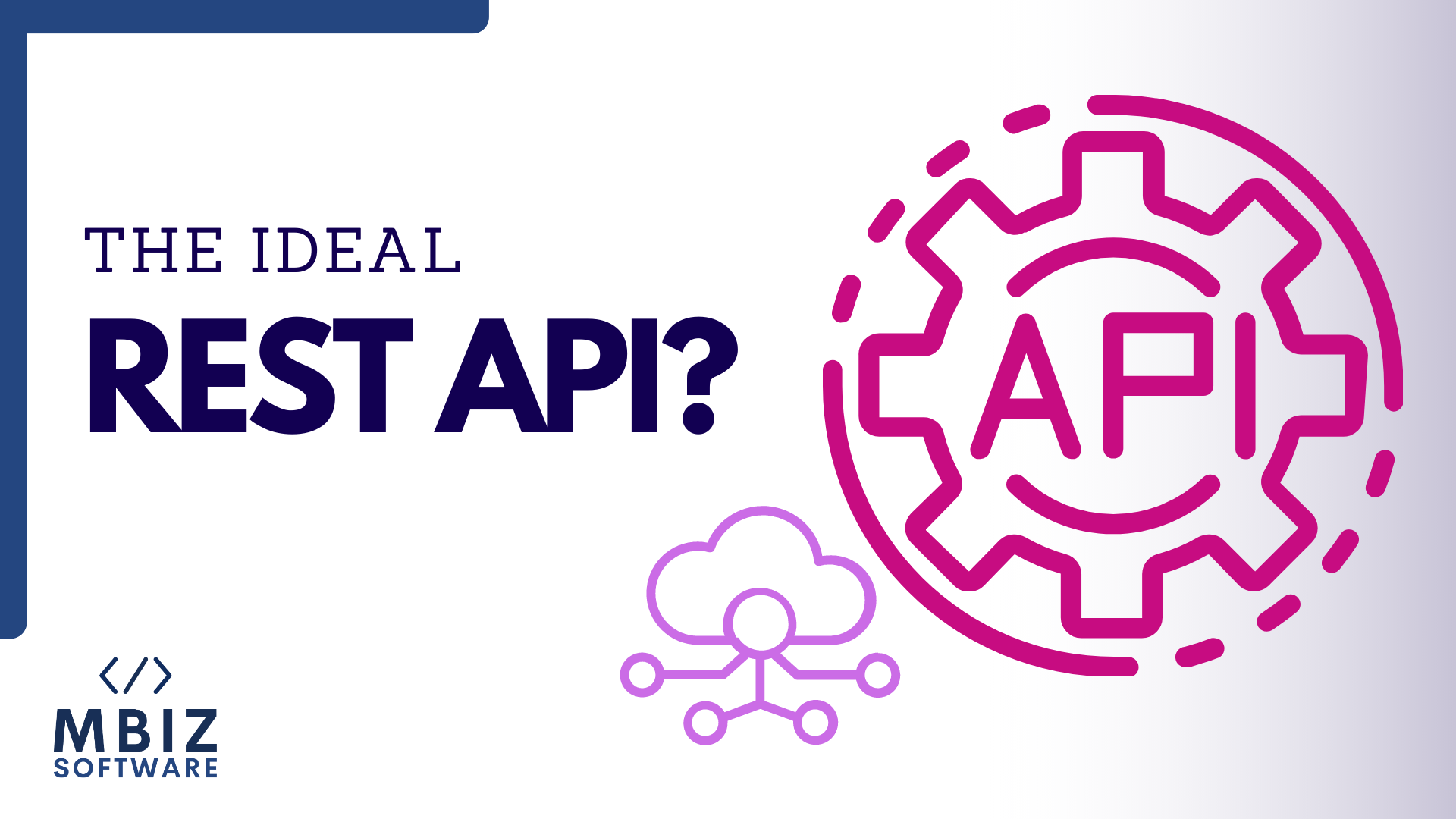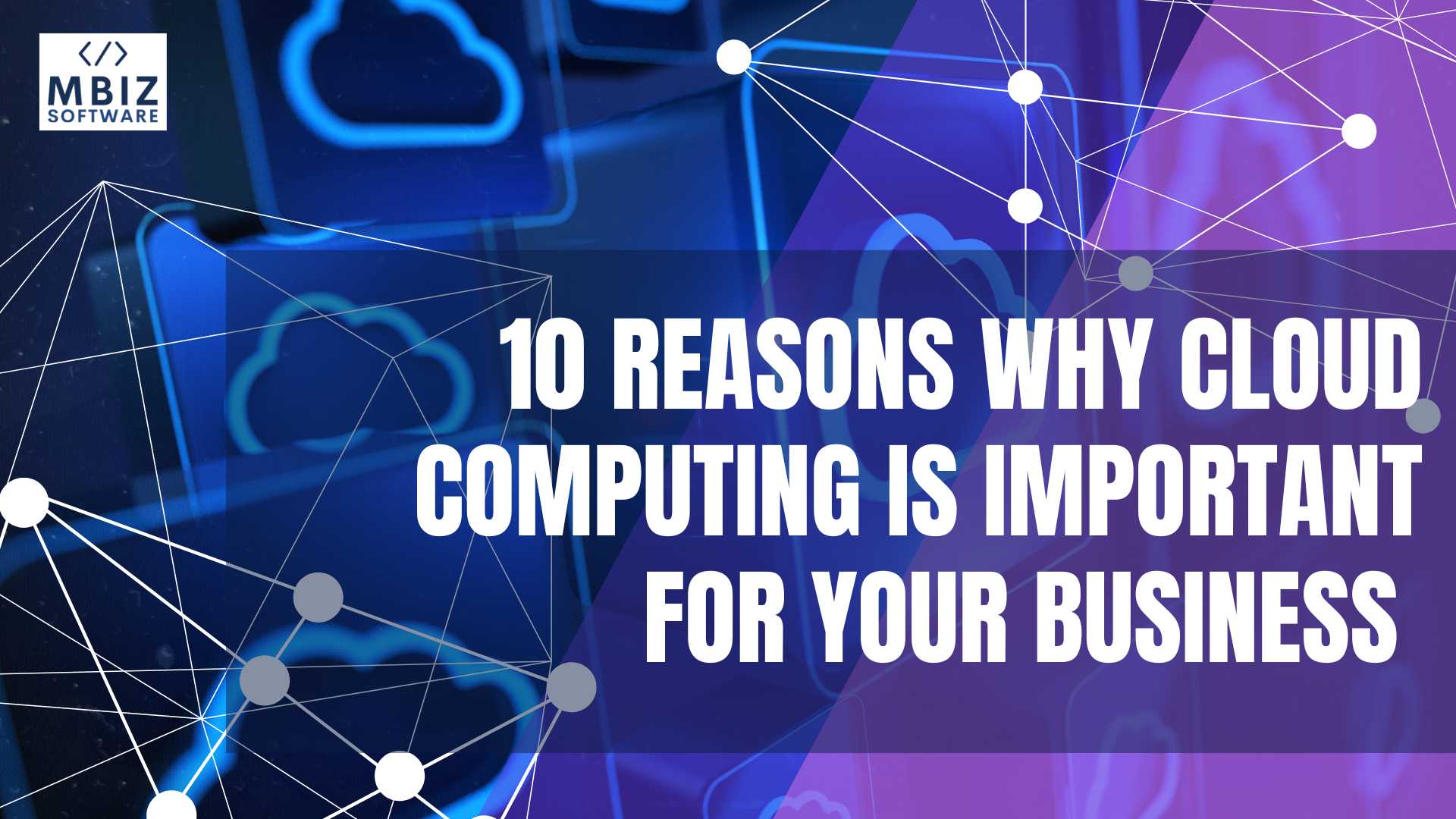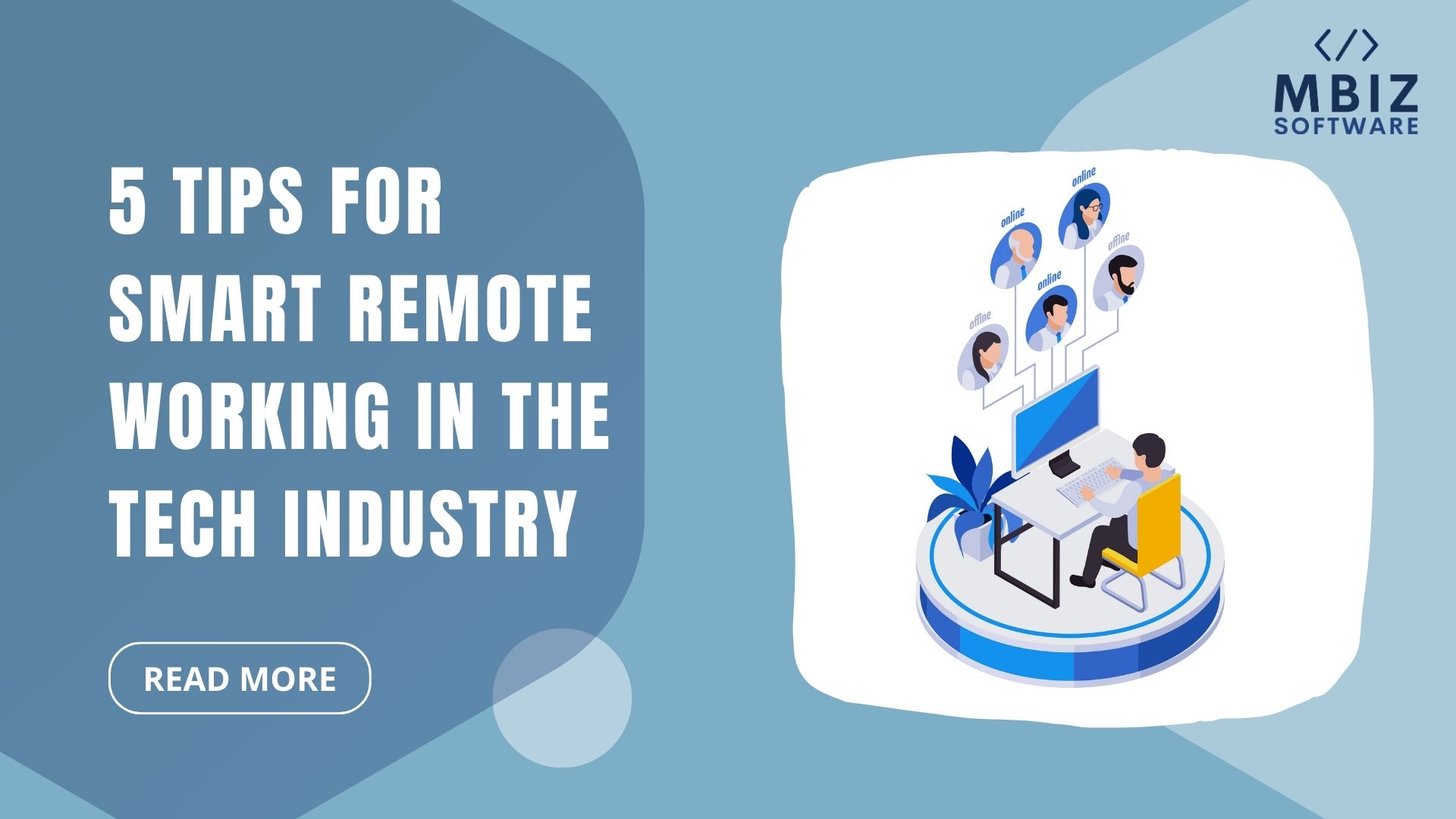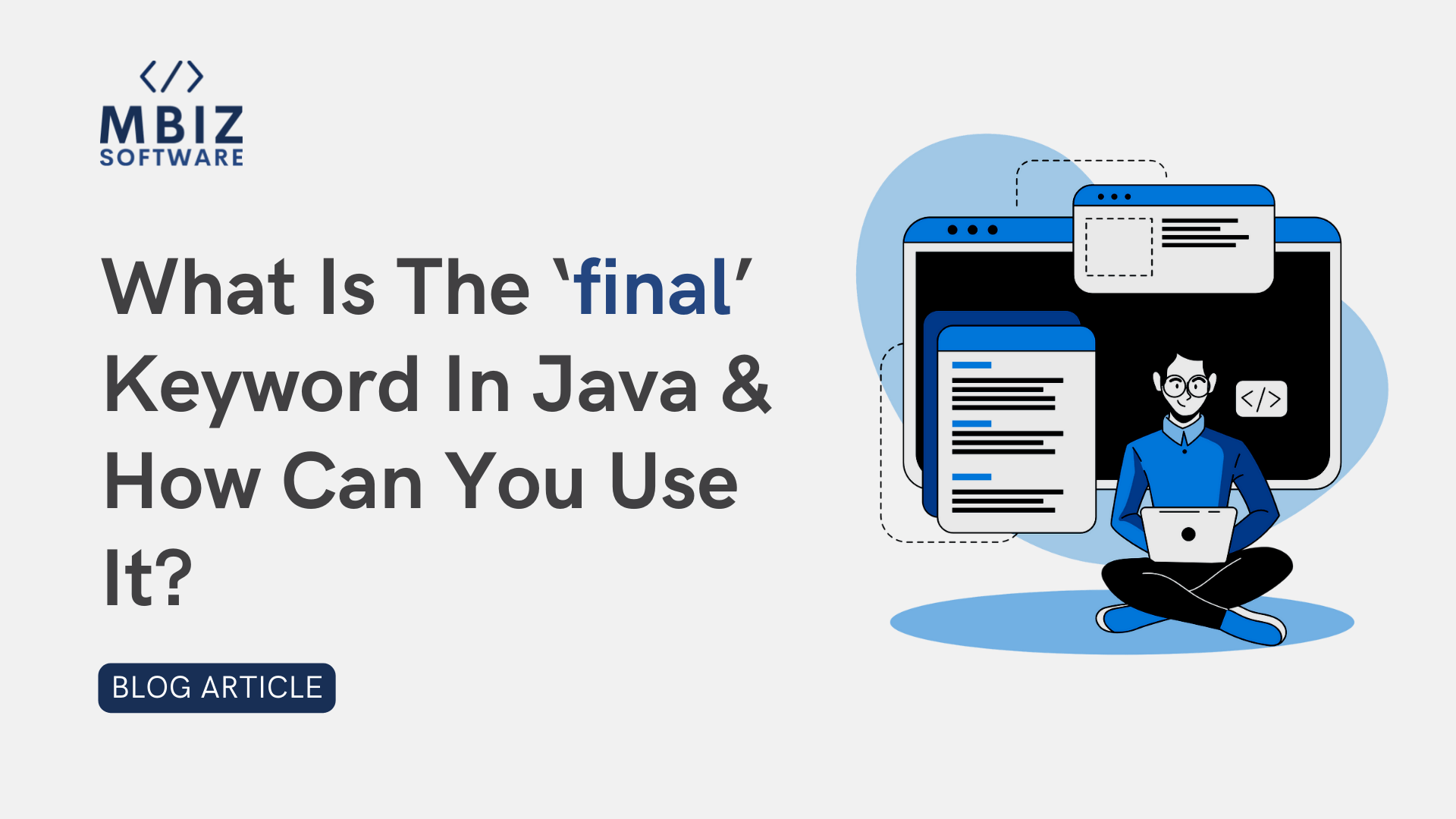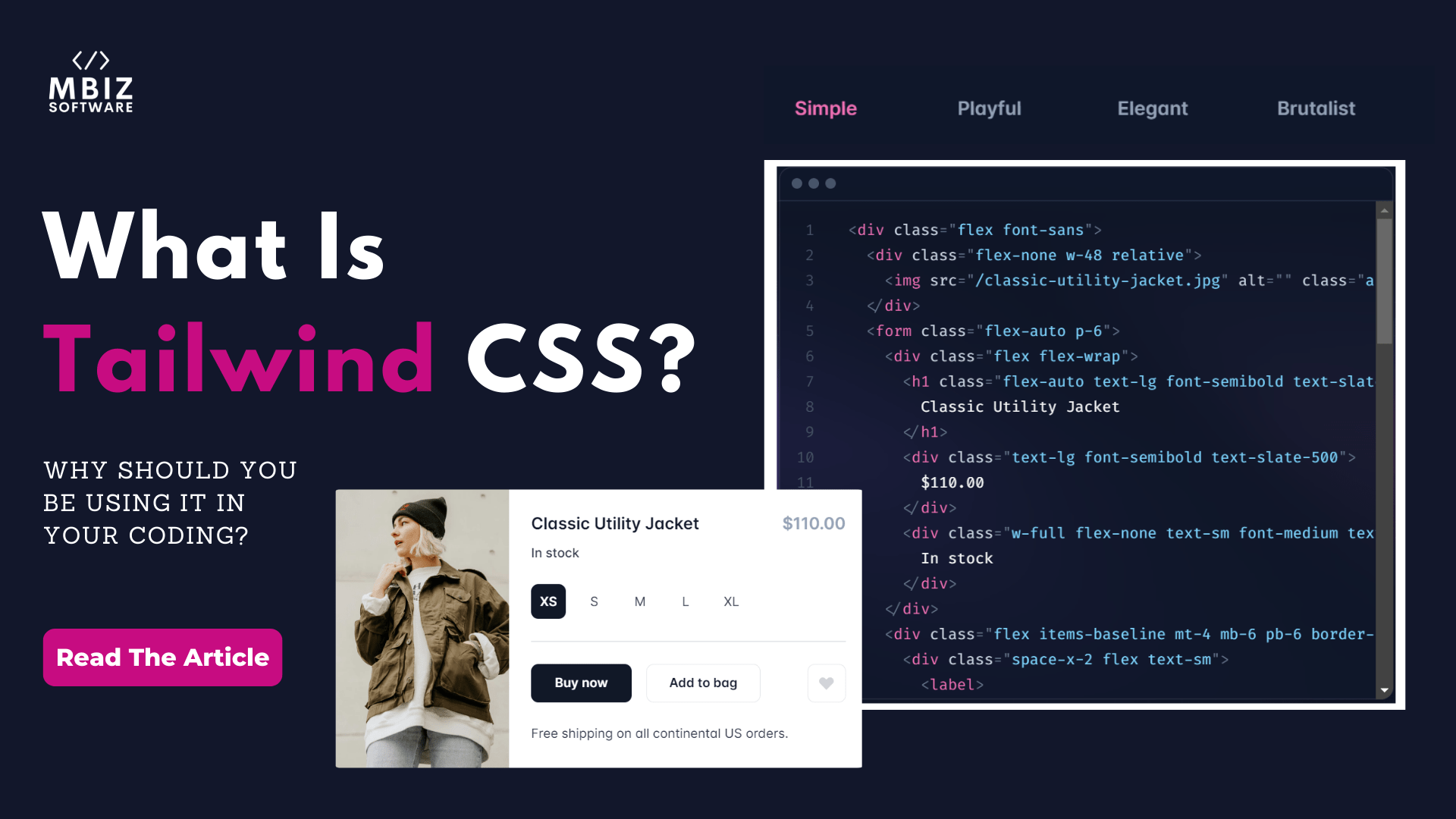If you’re here, you probably know all about ChatGPT, the great language model that solves all of life’s greatest questions and is the subject of this piece. But did you know of the wonderful add-ons that enhance ChatGPT’s capabilities?
Here are 08 great ChatGPT extensions that supercharge your questioning skills:
1) ChatGPT Chrome Extension
Chrome now has an extension that can automatically install ChatGPT into any online text field you happen to be using. You can use it to do whatever you’d normally have to leave the site to do, such as compose a tweet, edit an email, or solve a code error. ChatGPT’s behavior and its capacity to communicate with third-party APIs may be fine-tuned using the plugin system.
Read more on ChatGPT Chrome Extension
2) ChatGPT for Google
You may utilize ChatGPT’s standalone interface, but it’s also possible to include it in your preferred search engine, giving you access to relevant results without switching between applications. By bringing these resources together in one place, you can quickly get the information you need by simply typing a question into the search field and hitting the enter key.
The answers to all your ChatGPT questions will show in a little window on the right side of your screen. If you want results when your query ends in a question mark (?) you may set that preference. ChatGPT won’t pop up in your results automatically; you may choose when to have it show up. Add this extension to Chrome or Firefox to get instant ChatGPT results in your Google search results.
Read more on ChatGPT for Google
3) Use ChatGPT with WhatsApp and Telegram
ChatGPT is now available for use in instant messaging clients like Telegram and WhatsApp through the use of bots powered by the service. Take note that in order for this to function, you will need to download and install Telegram web or WhatsApp web on your computer, as well as download the ChatGPT bot source file produced by @altryne from GitHub and configure a couple of additional settings.
Read more on ChatGPT with Whatsapp & Telegram
4) YouTube Summary with ChatGPT
We’ve all been there: you want to watch a YouTube video for the information it provides, but you have to sit through several minutes of advertisements, sponsorships, introductions, and closing before you can watch it peacefully. Fortunately, there’s a more effective strategy. Thanks to this useful add-on, you may watch the video like usual and have a summary of it appear on the right side of the screen while you watch.
The free Chrome extension YouTube Summarizer with ChatGPT uses OpenAI’s ChatGPT AI technology to provide a concise synopsis of the video you’re watching on YouTube. It’s an effortless method of extracting only the pertinent details from a larger body of text.
Read more about Youtube Summary with ChatGPT
5) ChatGPT Chatteo AI
To utilize ChatGPT from another app, download this free app from the Google Play Store. This software may be used to have conversations with ChatGPT, ask questions and receive answers, and access product manuals and tutorials. It’s important to know that in order to keep using the app, you’ll need to either purchase additional credits or view advertisements in order to earn more.
Read more about ChatGPT Chatteo AI
6) Code GPT
With this attachment for Visual Studio Code, you may ask OpenAI’s ChatGPT for natural language replies to your inquiries without having to leave the comfort of the editor. This VSCode add-on facilitates code generation, explanation, questioning, refactoring, documentation, and the detection of bugs.
- To query ChatGPT, utilize the input box on the sidebar to type in either general inquiries or code samples from the editor
- Select some code, then use the context menu’s quick-access options by right-clicking
- Observe the chat’s replies in a panel beside the editor
- Get further information by asking follow-up questions about the response
- Click on the AI response to insert code snippets into the current editor
7) Promptheus- Voice Commands with ChatGPT
With this extension, you may practice talking to OpenAI’s ChatGPT. When activated, a new button appears immediately beneath the text box. The extension, when activated, will capture your voice and send it to ChatGPT. First, record your voice input and send it to ChatGPT. Read Replies audibly (or turn them off if you prefer to read) Multiple language support. Then, click the microphone button to record your voice, or press and hold SPACE (outside text input) to record. Lastly, allow for submission.
8) Search GPT
It’s almost impossible trying to find anything specific on a website that’s too long or too detailed. A search within a page may be carried out in a flash thanks to this handy keyboard shortcut. When you make use of the Search GPT Shortcut, the response from ChatGPT will be shown alongside the search results from Google. Search GPT can employ a pre-built search index to quickly access relevant model knowledge base information. ANNOY or FAISS can be used to generate the index and rapidly retrieve relevant material in response to a user query. Search and retrieval-tuned pre-trained models are another shortcut.
The purpose of these chrome extensions is, in general, to broaden the applicability of the ChatGPT model, so do give it a go! With it, check out MBiz Software’s projects that delve into healthcare, banking, real estate, communication, and other industries, helping them seize new opportunities and overcome business challenges.
Got a Project or Idea?
Send us the details and we’ll be in touch within 24 hours.


